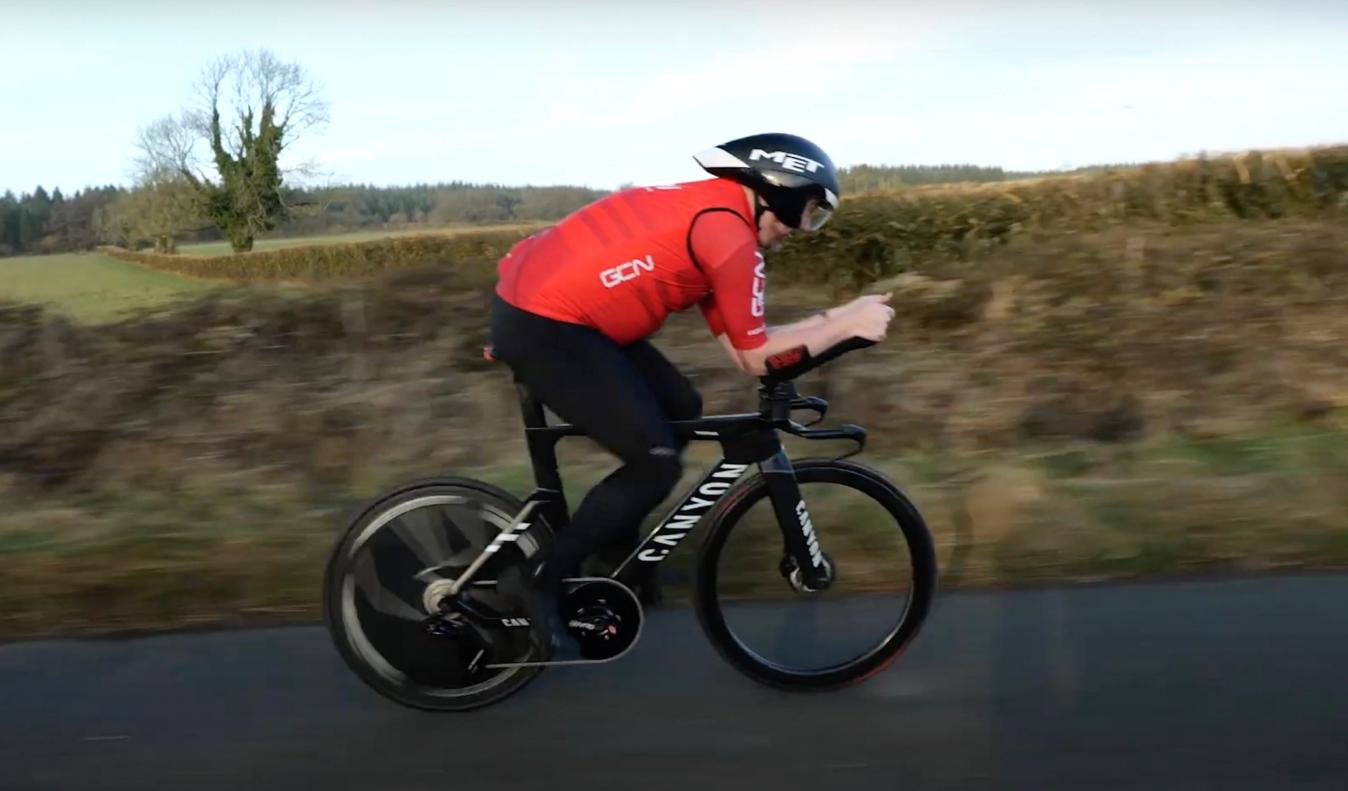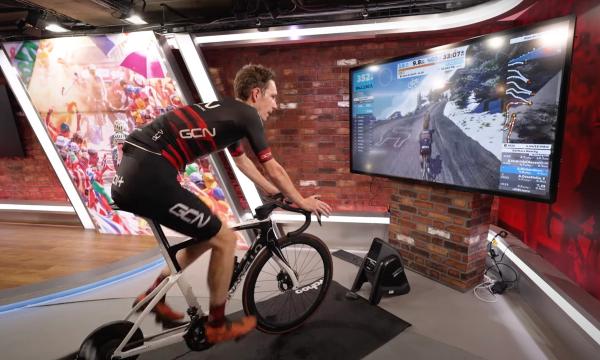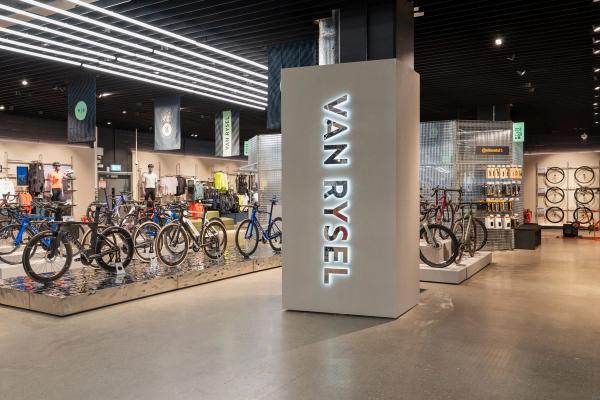How much speed can you buy?
What difference does using all the best and latest aero kit have on your performance out on the road?
Alex Hunt
Junior Tech Writer
Cycling has an obsession with aerodynamics, which makes sense given that the biggest resistive force that is slowing you down as you ride is drag from the wind. In recent years, every part of cycling equipment, from bikes to clothing, to components, have been designed to be more and more aerodynamic in a bid to allow riders to travel that bit faster on their bikes. The question is, how much speed can you buy if you go from a typical budget setup to one where money is no object?
Ollie Bridgewood is on a mission to find out, with the help of an average rider, a selection of bikes, and a test circuit that can be easily repeated. Our average rider is Phil, a typical cyclist. We’ll be putting Phil on three bikes, each a representative of a certain price point and style. Firstly we will be using a standard entry-level road bike with an aluminium frame. Then, we’ll test our rider on a high-performance Orbea Orca road bike. Finally, we’ll get him on a Canyon Speedmax Time Trial bike.
- Read more: Ollie Bridgewood's 18 minute time trial
The entry-level bike
The first bike to take to the 10km test loop is a budget-friendly, entry-level Boardman. It has an aluminium frame with a carbon fibre fork and comes equipped with 8-speed Shimano Claris gearing. Coming in at 9 kilos, it isn’t a featherweight, but it also isn’t ridiculously heavy either.

© GCN
The entry-level bike has a total cost that equates to around 5% of the Orbea 3.5% of the Canyon
This bike is comparable to what a lot of our first road bikes look like and has everything you need to enjoy endless miles of cycling. Ollie managed to get hold of this bike for just £450, reduced from a retail price of £650. That makes it less than 5% of the cost of either of the other two bikes on the test.
The top-spec road bike
The second bike our ‘average rider’ will test is a top-end road bike: an Orbea Orca OMX. This super-lightweight machine is built with the highest spec components on the market including Shimano’s 12-speed Dura-ace electronic groupset and deep-section carbon fibre wheels. It doesn’t come cheap with an eye-watering £10,000 price tag.
.jpeg?w=1348&auto=format)
© GCN
With a lower front end and deep section carbon wheels the Orca is built for performance
The biggest difference between the entry-level bike and this one will be the aerodynamics, especially with those deep wheels. At just 6.7 kilos, it is also considerably lighter than the other bike, which should help on climbs and accelerations after corners.
To go with the new bike Phil also gets an upgrade to his clothing. He’s changing into aerodynamic, premium clothing that uses the latest in material technology to aid performance both aerodynamically and through better temperature regulation.
The money-no-object TT bike
The final bike for Phil to swing his leg over is the fastest bike we could get our hands on. The Canyon Speedmax is designed in every way to be as fast as possible. For the most part, it’s faster because of the position it puts the rider in. The geometry of the bike tilts the rider forward, so they present a much smaller frontal area. Additionally, aero bars put the rider's forearms out in front of them to get as low and as aerodynamic as possible.

© GCN
At the complete other end of the spectrum to the budget bike is this aero tuned speed weapon
It doesn't stop there though with the bike dripping in top-of-the-range aero tech, including a solid disc rear wheel and a deep section front wheel. Everywhere you look this bike has been modified to be as fast as it can be, using a one-by drivetrain for marginal aerodynamic gains, and ceramic bearings everywhere they can be fitted. There is even an aero rear mech cover. No stone is left unturned on this bike. In total, the bike with all the additional modifications comes in at around £15,000 — £14,550 more than the entry-level Boardman.
To make Phil look the part, and to give the full aero experience, he’s replacing his typical entry-level helmet with a TT-specific aero model.
Out on the course
The 10km course had a bit of everything with some rolling undulations, some corners and some flat straight sections to really build up some speed. The first run on the Boardman was a little nostalgic for Phil, reminding him of the first bike he had when he got into cycling. It felt familiar, even if the tyres were a bit too narrow for his liking.
Stepping up to the Orbea road bike, it felt quicker out on the road. The racier, lower position was new to Phil, but it was easy enough to adopt for the length of the test. Out on the road, the stiffness and efficiency of the bike were tangible and the wider, faster rolling tyres made the ride far smoother than on the Boardman's skinny tyres.

© GCN
Although on paper the TT bike should have this in the bag the difficulty of adapting to the riding position proved costly
On the final run of the day, the TT bike proved a hard beast to tame. Although on paper it is an incredibly fast machine built for all-out speed, actually riding it at full speed is a real skill. For Phil, this was his first ever time on a TT bike, and even just getting into the extensions was a nerve-wracking ordeal. In fact, he opted to ride most of the course on the base bar where he had the most control.
The results
After completing all three runs, the results were in. Across all the runs Phil held a steady average power of around 200 watts giving us a consistent output to base any conclusions from.
The Boardman with regular entry-level kit and clothing clocked a time of 22 minutes and 31 seconds over the 10km course. Staggeringly, jumping to the Orbea and the high-end clothing led to a nearly two-minute advantage, with Phil coming in at 20 minutes and 45 seconds on the top-spec road bike.
Things become interesting when we get to the TT bike. On paper, it should have been even faster still than the Orbea, however since Phil had difficulty getting into the aero position, it actually ended up coming in slower than the high-end road bike. Phil completed the course on the time trial bike in 21 minutes and 40 seconds.
The conclusion
It is certainly possible to buy yourself speed; the Orbea paired with a premium cycling kit was nearly 10% faster than the Boardman. However, there’s no denying that the cost of that extra speed is astronomical. The Orbea costs many times more than the Boardman and gives just a marginal speed increase. Finally, Phil’s time on the time trial bike shows us that although you can buy the fastest gear, you can only make the most of it if you put the time in to develop the skills to use it properly.
For more tech tests and features head over to the tech section of the website and feast your eyes on all the other content we have for you.




.png?w=600&auto=format)







.jpg?w=600&auto=format)

